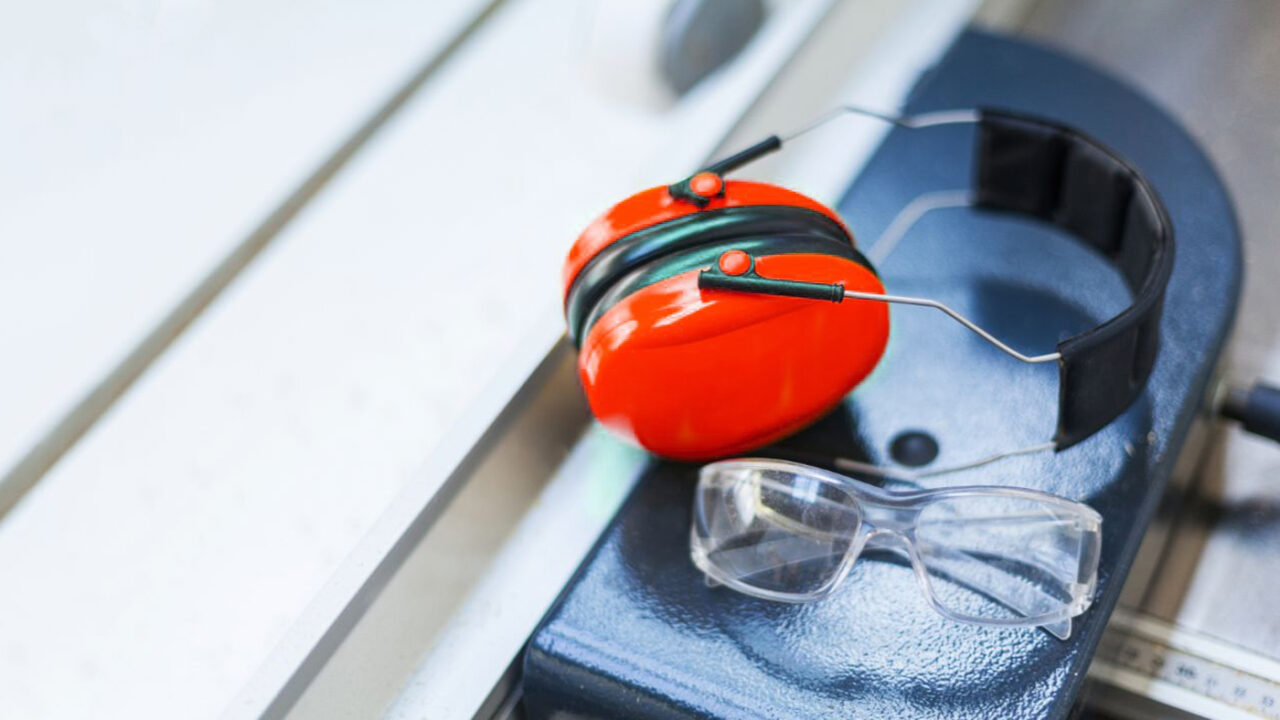Records were broken at both the plants in Finland and Poland
Occupational safety is at the heart of our operations, and for several years now, our goal has been zero accidents. We monitor statistics on accident-free days on a daily basis and have placed the counters on info screens and the intranet for everyone to see. The importance of the matter is also reflected in the fact that every management team meeting begins with a review of accident-free days. Officially, an accident is defined as an injury or illness due to which the employee has to take sick leave the day after the incident. We reached a new record at both the Lahti and Polish plants: 559 accident-free days in a row.
Preventive approach both indoors and outdoors
The employer can prevent occupational accidents in a variety of ways. Anticipatory and preventive action is always the most essential means, which is why Stalatube devotes particular attention and efforts to accident risk mapping.
At the plants, special attention has been paid to the cleanliness of the premises. The accessibility and safety of passageways are at the top of the list. We have stepped up our investment in the safety of machinery, in addition to which we use protective devices, safety fences, and photo-electric trip devices to prevent accidents around machines. Everyone is also responsible for wearing safety equipment; the plant is off limits without appropriate safety shoes, safety goggles, and hearing protection. The employees of the dispatch unit have also tested new friction shoes in slippery winter conditions. In Finland’s gray and dark weather, safety lighting also plays an important part. Forklifts moving in the yard and at the plant are equipped with blue lights at the front and rear. When moving outside in the dark, employees wear high-visibility vests.
The Lahti plant area is located in the middle of popular outdoor trails. Previously, people who have lost their way from the jogging trail might cut right across the area, putting both themselves and those working in the area at risk. The fencing project that started last summer has been completed, and the area is now completely fenced off and secured from unauthorized access. There are marked crosswalks for those moving around the plant area on foot, and special attention is paid to gritting the area in slippery conditions.
Toward zero accidents through training
A fire that occurred at the Lahti plant last year showed that investing in fire safety is worthwhile. The fire, which appeared very dangerous, was quickly brought under control, and no one was injured. Regular firefighting training proved its worth when the chips were down. Extensive improvements have been made to the production lines to eliminate ignition sources, and practices have been revised in such a way that a significantly greater share of hot work is carried out in fireproof, permanent hot work areas. Hot work carried out on production lines is controlled more effectively than before. In this way, it can be ensured that additional ignition sources and risks of fire on production lines are minimized.
In addition, Stalatube has designated persons responsible for a given area who, in the event of a fire, ensure that every employee immediately exits by the most direct route and goes to the official assembly point when a fire alarm is raised.
Stalatube is also a member of the Finnish Zero Accident Forum, also known as Nollis. The forum highlights important occupational safety themes every month. The Zero Accident Forum is a voluntary network formed by Finnish workplaces, the aim of which is to continuously promote occupational safety and share good practices.
It is the attitude that counts
One of the most important things is to keep occupational safety in mind at all times – especially during busy times. The importance of occupational safety is discussed regularly and employees are reminded of it in various ways on info screens, in staff info sessions, and on work clothes: the message being conveyed is that at Stalatube, occupational safety always comes first. Work must always be interrupted if the employee notices a potential danger. No one is allowed to take any risks. It is nearly impossible to make a plant environment completely risk-free, but the risk level can be minimized. Every employee has the right to feel that their working environment is safe.
